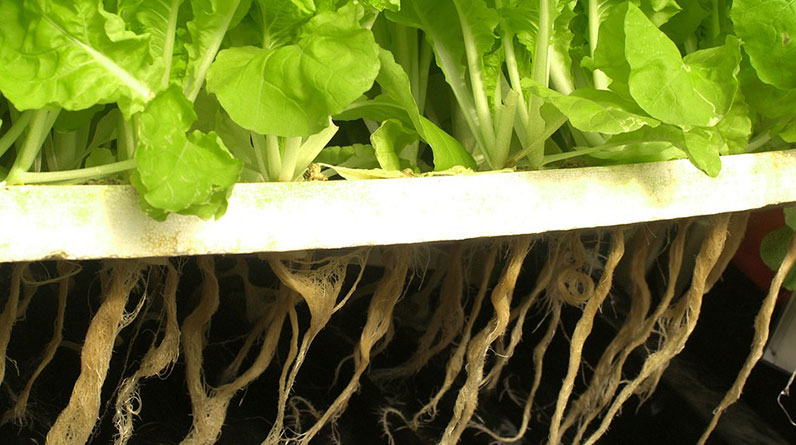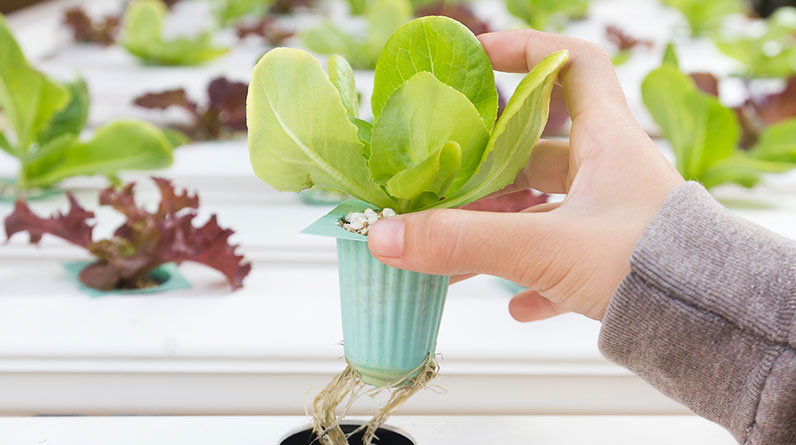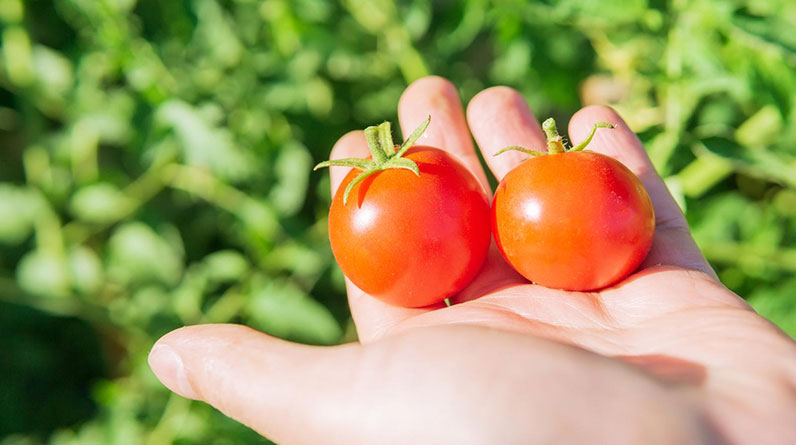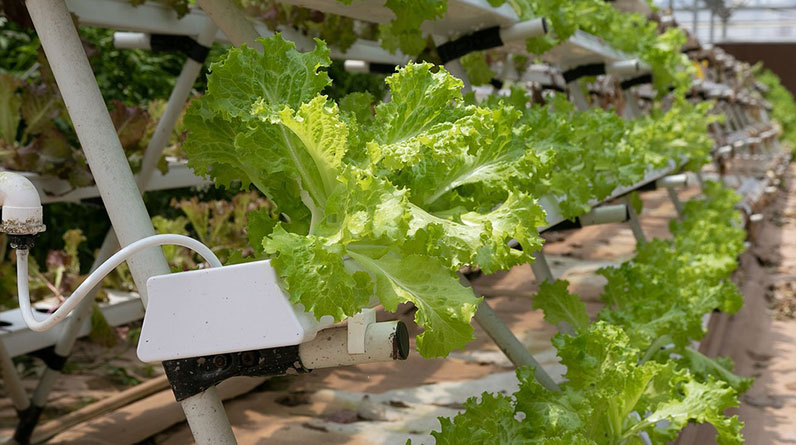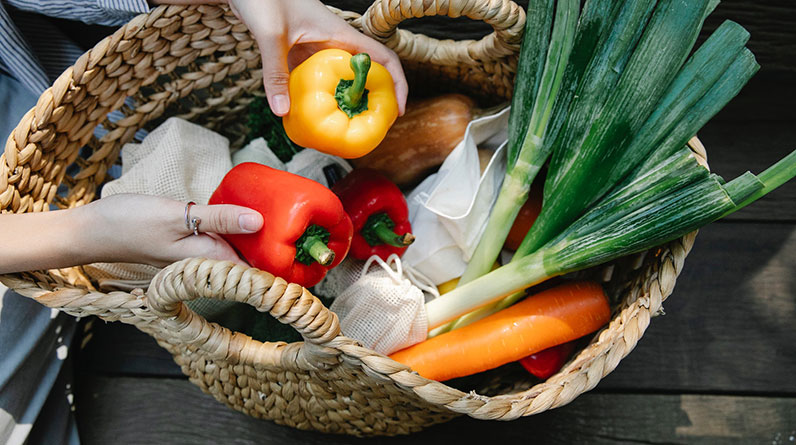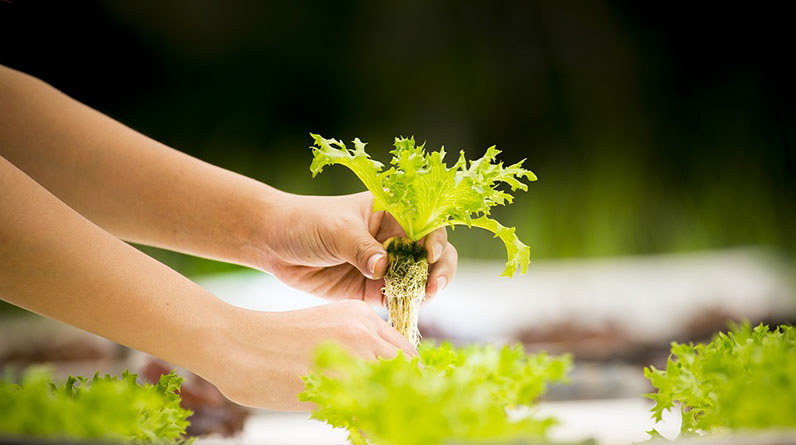
What You Should Know About Hydroponic Gardening
Hydroponic Gardening is an increasingly popular method to grow fruits, vegetables, and herbs. It boasts several advantages over traditional soil gardening, such as ease of use and higher yields.
When selecting a hydroponic system, there are various options to choose from; each has its advantages and drawbacks. Knowing what you plan to grow before beginning will help determine the ideal system for your requirements.
The Ease of Hydroponic Gardening
Hydroponics offers an advantage over soil in that plants can directly absorb nutrients from a nutrient solution supplied to their roots. This is an effective way to ensure your vegetables get all of the essential vitamins and minerals for healthy growth.
Many times, you can start your own hydroponic garden by planting seeds. Seeds can be germinated in a peat pellet or rockwool plug tray and then transferred to an appropriate grow medium once their roots have emerged.
Once your growing medium is prepared, simply tie a string over a reservoir of water and feed the plant’s roots with the fertilizer solution. There are various systems available; the most basic being the candle wick system which pumps liquid fertilizer solution from the reservoir up through the string to its roots.
Another simple-to-use system is deep water culture, which uses a container filled with aerated water and plants’ roots suspended directly in the nutrient solution. This recirculating system saves water but may not be ideal for larger plants or those that require longer growing periods.
The Versatility of Hydroponic Gardening
Hydroponic systems can be utilized for growing a variety of plants and vegetables. With more advanced systems, hydroponics is also capable of producing fruits and flowers.
Vegetable starts can be grown hydroponically and then transplanted directly into the ground when ready. This saves both money and time since there’s no need for seeding beforehand.
Hydroponics gives you a degree of control over growing conditions, from temperature and light to watering frequency. This gives you more influence over the process and guarantees your crops remain healthy, producing a high-quality harvest.
Furthermore, hydroponics offers the advantage of growing plants that are difficult to cultivate in soil. This is especially helpful for those who lack land or access to proper growing conditions.
Hydroponic gardening has many advantages and one major reason why many people favor it over other methods for growing food. It’s straightforward and fast to set up, plus it can be used for growing a wide range of plants and vegetables – making it the ideal solution for those who want to grow their own produce but lack either time or space to do so.
The Environmental Impact of Hydroponic Gardening
Traditional gardens require acres of land for planting and harvesting, whereas hydroponic farming takes up far less room. This saves farmers both time and money.
Hydroponic farming also conserves energy for cultivation, which helps reduce greenhouse gas emissions. Furthermore, it can minimize the need for pesticides and other chemicals used in farming.
Hydroponic growing utilizes a water-based nutrient solution, usually consisting of fertilizers and minerals needed for plant growth. This solution is fed to the roots through passive or active systems like pumps, fans, or aerators.
One major distinction between hydroponic gardening and traditional gardening is that the former requires far less water. Estimates suggest it could use up to 90% less water than plants grown in the ground, depending on the type of crop being grown.
The Cost of Hydroponic Gardening
Hydroponic gardening is an innovative approach to growing fresh produce. It has several advantages over traditional farming techniques, such as lower transportation costs and better-quality food with vital nutrients. However, there are some drawbacks to this type of gardening that should be taken into account before making the switch.
Since hydroponic gardening saves up to 90% less than plants grown in the ground, this can be an enormous saving and protect our natural resources, especially where water shortages are common.
Another advantage is the avoidance of pesticides, which may be used to control pests but have toxic effects on plants themselves.
Hydroponic gardens offer the advantage of complete protection from pests, unlike soil-based farming, enabling plants to be grown more effectively and produce higher yields over time.
Hydroponic systems require electricity, both passive and active, to run components such as grow lights, water pumps, fans, and aerators. A power outage can be devastating for plants in these systems so it’s essential that all equipment remains operational.
Maintenance Requirements of Hydroponic Gardening
Hydroponic gardeners must keep their systems clean and well-maintained to promote healthy plant growth. Furthermore, they need to provide proper lighting, an ideal pH level and a suitable nutrient solution.
Hydroponic growers must ensure they keep a water reservoir for their plants and replenish the nutrient solution regularly. Most gardeners recommend changing this solution every week or two depending on the type of system used.
It is essential that the reservoir have a tight-fitting lid to prevent the evaporation of nutrients and discourage algae growth. Furthermore, this shield keeps water free from contaminants like bacteria or foreign particles which could spread disease or harm plants.
Hydroponic growing systems come in a variety of forms and can be utilized indoors or outdoors. Popular choices include deep water culture, drip, wick, nutrient film technique (NFT) and ebb and flow.
Some of these systems require a reservoir tank filled with a nutrient solution that is periodically circulated by a small pump. These systems are easy to operate and can be found in most gardening stores.
Some hydroponic growers opt to fill their reservoirs with distilled water. Distilled water is free from chlorine and other impurities, making it a safe option for your plants’ health. Furthermore, adding distilled water can help prevent the buildup of certain minerals that could lead to low nutrient levels.
The Possible Pests and Diseases
Hydroponic plants can suffer from a variety of pests and diseases that could negatively impact their performance. These insects and pathogens have the potential to quickly decimate your crops, leading to reduced harvest yields in the short term.
One of the most prevalent issues with hydroponic gardens is root rot. This can be caused by overwatering, inadequate drainage or an absence of oxygen in the growing medium. To prevent this issue from arising, use an excellent air pump connected to air stones that create bubbles of oxygen that help your plant fight off bacteria responsible for root rot.
Hydroponic gardens may experience powdery mildew, a fungus that can spread rapidly throughout your plants and cause them to appear brown and scaly.
It is best to try and avoid this type of fungus in the first place by keeping humidity levels low. However, it can still occur and there are various treatments available to combat it.
The most widely recommended treatment for root rot is adding beneficial bacteria into the water supply. These beneficial microorganisms will outnumber harmful bacteria and prevent root decay.
Aphids are a common pest in hydroponic gardens. Although they’re small and hard to spot, these sucking pests can weaken your crops by sucking the juice from leaves. You can identify them by looking for small metallic black specks on top of the leaves.
